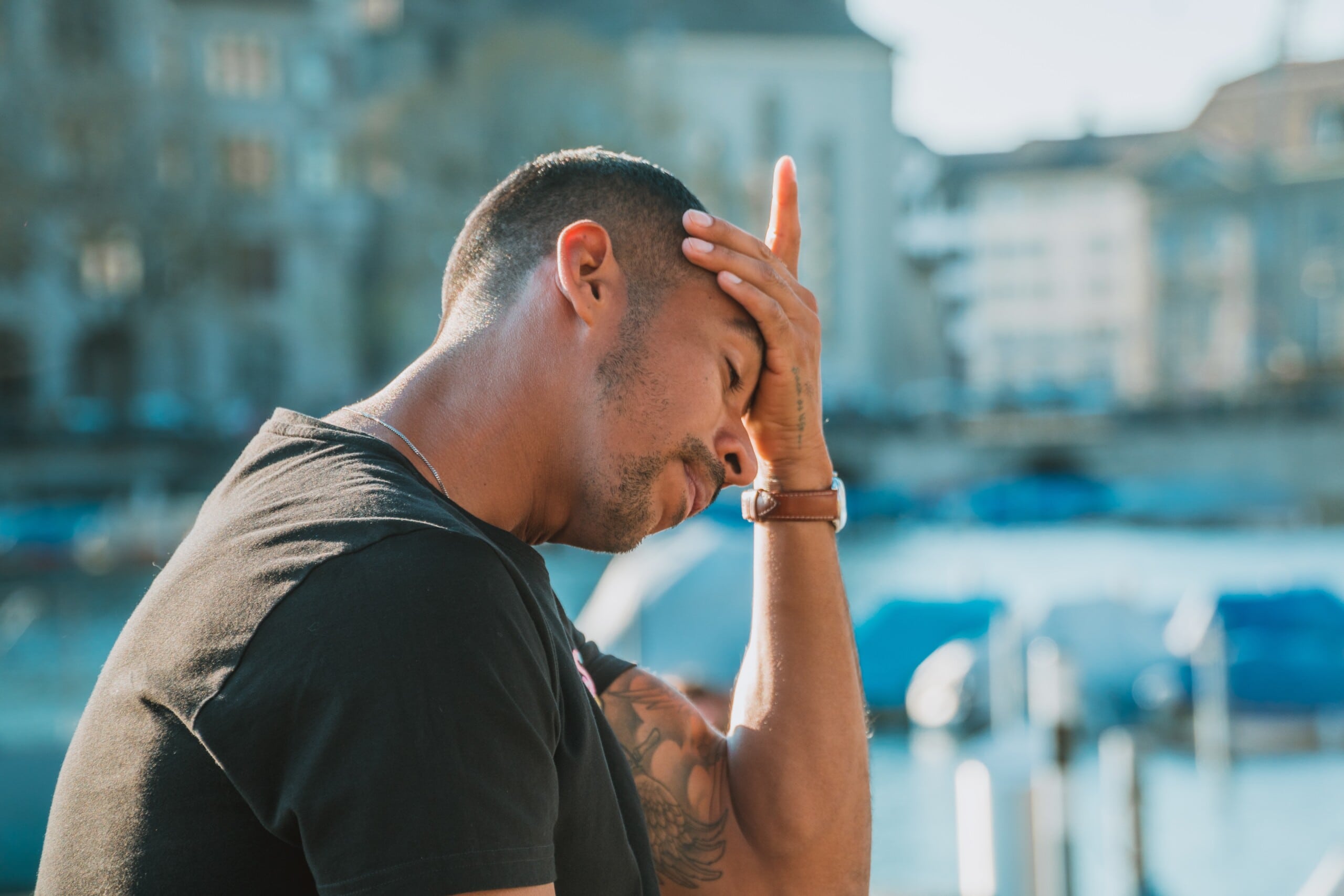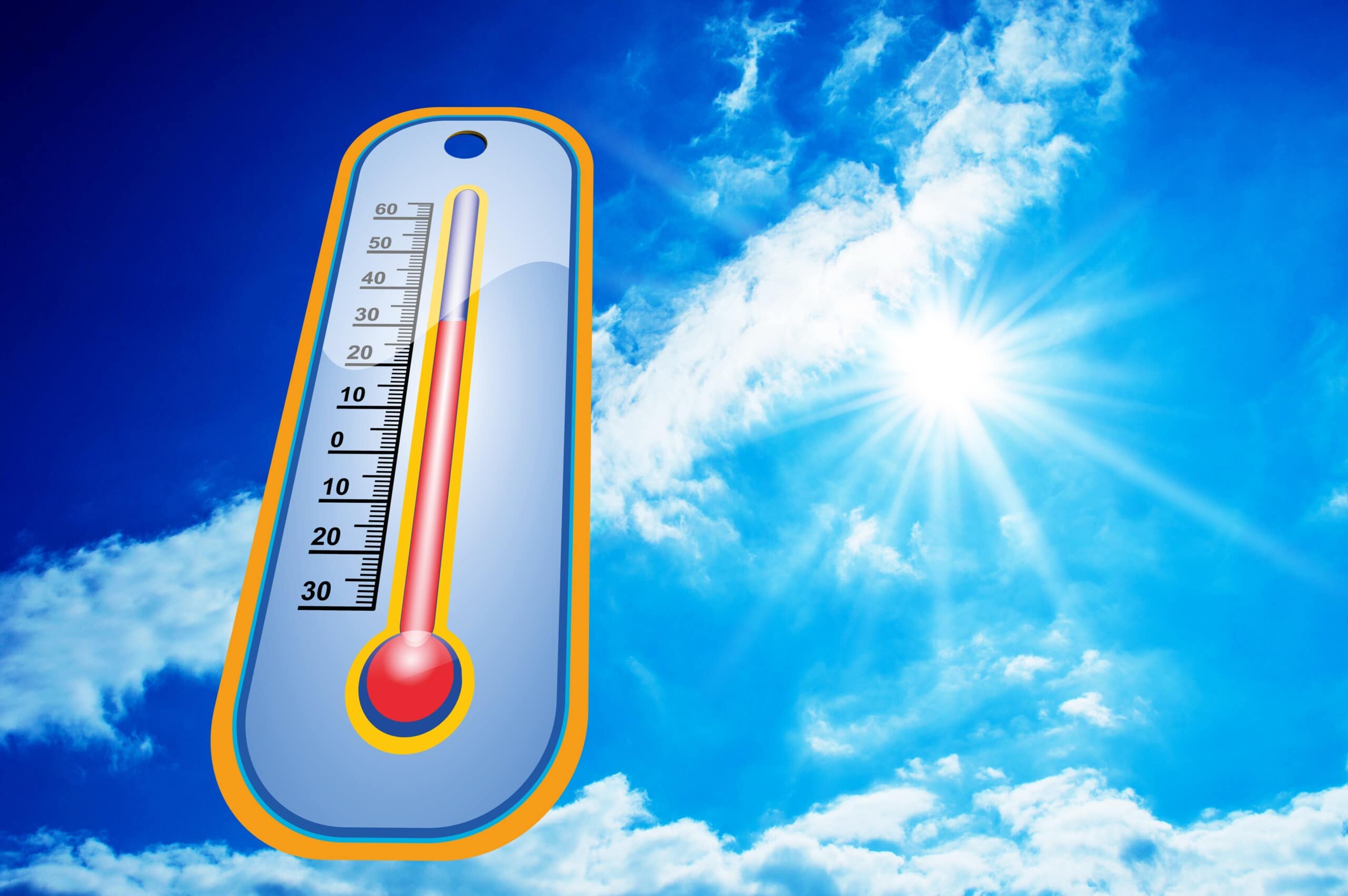Table of Contents
Headache After Running- What Causes It?
It is not unusual to feel an intense headache after running all of a sudden, and many of you might have thought it often. You might sense a triggering pan across your entire head or on one side. Numerous things can lead to headaches after sunning. In most circumstances, this pain is not something you should be concerned about, as it is easy to get rid of.
However, if you are concerned about a headache after running or working out, some common causes lead to pain with treatment options. Also, read the tips on how to avoid headaches after running.
Headache After Running- Causes
Below mentioned are five prominent causes of headache after running; read carefully to find a suitable treatment plan and prevention strategies.
1. The headache is exertional

A few physical activities trigger some headaches. Physical activity could be anything from a high-intensity strenuous workout to a coughing fit. You might feel this headache during or after you complete your running.
People describe this headache as a pulsating pain that comes on both sides of their heads. The pain may persist anywhere from 10 minutes or so to a couple of days.
This headache only occurs when you perform a strenuous activity like running or working out. People are highly likely to have primary headaches when they work out in warmer weather or higher altitudes.
An exertional headache could either be primary or secondary:
- Primary exertional headaches arise for strange and unknown causes. But specialists believe it may be linked to the contraction or narrowing of the blood vessels when you run or perform strenuous activity.
- Any physical activity likewise triggers secondary exertional headaches. Still, this headache occurs due to another underlying condition, which may vary from a mild sinus infection to a fatal tumor.
Bead in mind that there are ways you can differentiate between a primary and a secondary exertional headache. It is noted that secondary exertional headache comes with other symptoms, such as:
- Issues with visions
- Stiffness in the neck
- Congestion
- Vomiting
Exertional headaches are mistaken for exercise-induced headaches or migraine most of the time.
How to treat headache after running
Suppose you have to deal with headaches after running too frequently with some other unusual symptoms. In that case, it is highly recommended you make an appointment with healthcare experts to determine any underlying condition that may require early treatment.
Otherwise, primary exercise headaches usually stop occurring on their own after a while. In the meantime, you can take any over-the-counter anti-inflammatory medication such as Advil to stop the headache.
Another option is to apply a heating pad to open up the blood vessels in your head. If you cannot invest in a heating pad right now, make one on your own.
Also, there are a few ways to prevent a headache after running. Follow these:
How to prevent
Warming up for a few minutes before running is helpful to stop exertional headaches. In additional cases, decreasing the duration and speed of the run can also benefit.
But if the given ways do not encourage any benefit, or reducing speed is not an advantage, take medication such as prescription-strength naproxen or indomethacin. You will require a prescription from a doctor for such medications. Both the medications can irritate your stomach. If you are not able to take these, your doctor may recommend any beta-blockers.
2. You are dehydrated

Dehydration occurs when your body expends more fluid than it consumes. There are chances; you sweat a lot when you run—sweating counts as a loss of fluid. If you are not drinking enough water before working out or running, it is more likely to become dehydrated.
Headache is a vital sign of dehydration. Some other symptoms of dehydration are:
- Constipation.
- Dry mouth and skin
- Fewer tears when you cry
- Decreased urination
- Fatigue
- heightened sense of thirst
- feeling dizzy or lightheaded
If the dehydration is severe. it may lead to the following:
- fever
- shriveled skin
- sunken eyes
- rapid breathing
- dark-colored urine
- rapid heartbeat breathing
- reduced sweating
- low blood pressure
- excessive thirst
- Seizure
Severe dehydration is considered to be a medical emergency as it may lead to death. If you start seeing or sensing any of these symptoms, you must seek medical treatment immediately.
How to treat headache after running
Most incidents of mild dehydration react well to vital lost electrolytes and fluids. You can achieve this by sipping plenty of water.
A sports beverage can serve to restore the lost electrolytes, but these usually carry a lot of combined sugar that may make your headache worse. Alternatively, try taking in some natural coconut water as it is unsweetened. You may also attempt a few recipes online for an electrolyte drink to prepare at home. Do this often, and not only when you feel incredibly dehydrated.
How to prevent
Try to intake 1 or 3 cans of water over an hour or two before you start running. You may also hold a water bottle while you run so you can take water breaks and provide water to your body as you sweat. Make sure to drink a glass or two following your workouts as well.
3. You have been under the sun for a prolonged time

Overexposure to the sun can also trigger headaches for most people, even when you are not working out and simply walking. This is particularly true when it is too hot outside.
How to treat headache after running
If you have been working out or running outdoors in the sun and seem to have developed a headache, get inside if you can. Try to stay indoors for some time. It will be helpful to keep in a dark room having low-light.
If the weather is too hot, bring a glass of water and a damp, cool washcloth. Put it over the eyes and forehead for some minutes.
Try a lukewarm water shower as it helps treat headaches. If you do not have enough time to cool down, try taking a nonsteroidal anti-inflammatory medicine such as ibuprofen, commonly called Advil.
How to prevent
Before going outside for your running sessions, grab a wide-brimmed hat and a good pair of sunglasses to protect your eyes and face from exposure. If it is sunny out, you can try covering a damp bandana throughout the neck.
Holding a small spray bottle having cold water will also benefit. Use the bottle to spray your face regularly.
4. You have a low blood sugar
Hypoglycemia, also known as low blood sugar, might also lead to a headache after running. Glucose or blood sugar is the primary energy source of your body. If you do not eat sufficient or required food before you head out for a run, your body will burn calories through blood sugar or glucose, thus leading to low blood sugar or hypoglycemia.
Headache is the principal symptom of low blood sugar. Additional signs are stated below:
- Disorientation
- difficulty while concentrating
- changes in personality
- blurry vision
- sweating
- dizziness
- shaking
- feeling extremely hungry
How to treat headache after running
If you are dealing with any of the mentioned symptoms of low blood sugar or hypoglycemia, strive to drink or eat something carrying at least 15 grams of carbs immediately, such as a tiny piece of your favorite fruit or a glass full of fruit juice. This is an intelligent fix that will hold you over for a few minutes until you complete your run and head home.
To prevent another crash, make sure to eat some complex carbs, such as a slice of whole-grain bread or toast.
How to prevent
Try eating a nutritious, well-balanced meal or a wholesome snack within two hours of working out. Look for something that has enough protein with complex carbohydrates and enough fiber to aid in keeping your blood sugar balanced. Try avoiding processed carbohydrates and sugar.
5. You do not have the proper form

Sometimes, running with poor form can also lead to tension in the neck muscles and shoulder muscles. This tension easily and quickly may convert into a headache.
How to treat headache after running
Suppose your shoulder and neck muscles feel uncomfortable and tight after you come back from running; attempt doing a few gentle stretches. If loosening through the stretches and releasing tension is not quite doing the work for you, you may also take ibuprofen medicine for relief or visit a doctor.
How to prevent
Take some extra time to run in place for a few minutes in front of the mirror. You may also set up your phone in place to record and see yourself. Keep watching the replay to notice if you see any issues with the way you practice. Are you keeping your shoulder hunched forward? Or inclining more to your ears? It could be anything.
If you are unsure about your form, try taking a session or two with a private trainer in the gym or ask someone to help you practice on a treadmill. They will help to execute any improvements to your form and how you run. Ask your neighborhood gym for a coach recommendation.
When to visit a doctor
While having a headache after running is typically not something you should worry about, try making an appointment with a healthcare expert if they appear to start appearing out of the blue too often.
For instance, if you have been running for a few months now without difficulties, but all of a sudden you start sensing headaches, consult a doctor. There might be some other issue going on that needs diagnosis.
It is also most reliable to see a doctor if the headaches are not responding to treatments or medications, including some over-the-counter medicines.
The Bottom Line
You can treat most headaches related to running at home without needing a diagnosis, but sometimes, these headaches might be a symptom of an underlying disease that requires treatment, or it may get worse.
Manageable prevention and home treatment plans will help relieve your headaches. But if they are not doing the trick or helping you out, it may be the best time to discuss with a doctor about further issues.


